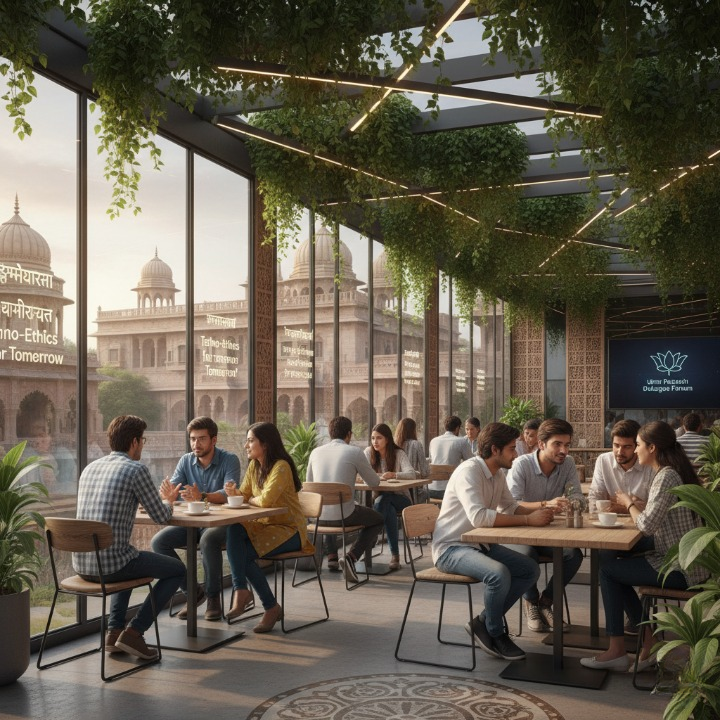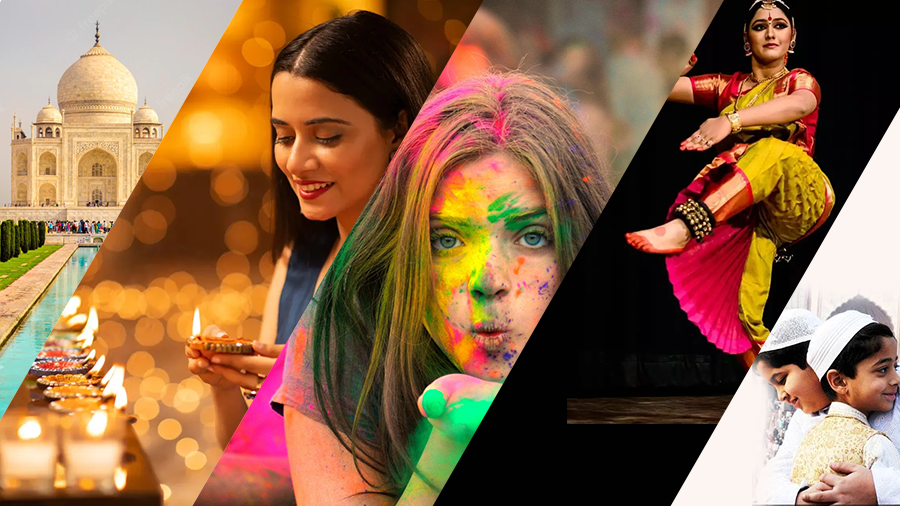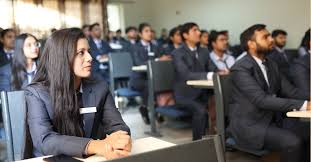
Can Traditional Values Coexist with Modern Philosophies in Uttar Pradesh?
- admin
- November 2, 2025
- Philosophy, Religion
- 0 Comments
Balancing Heritage with Progress in India’s Heartland
Uttar Pradesh, a state with a rich tapestry of traditions and cultural heritage, stands at the crossroads of preserving its values while embracing modern philosophies. With rapid urbanization, industrialization, and societal transformation, the coexistence of traditional and modern ideologies is both a challenge and an opportunity. From family structures and education to governance and gender roles, the debate over how these seemingly contrasting paradigms can harmonize is pivotal to UP’s socio-political landscape.
The Core of Traditional Values in Uttar Pradesh
1. Cultural and Religious Foundations
- Hindu Philosophy: Central to UP’s traditional values are the principles of dharma (duty), karma (action), and ahimsa (non-violence), drawn from sacred texts like the Bhagavad Gita and Ramayana.
- Example: Festivals like Ram Navami and the Kumbh Mela emphasize community bonding and spiritual discipline.
- Islamic Contributions: The state’s significant Muslim population has enriched its cultural fabric with values of equality (adl) and compassion (rahma), evident in practices like zakat (charity).
2. Family and Community-Centric Living
- Traditional family structures, often extended, prioritize collective decision-making and intergenerational support.
- Philosophical Roots: The concept of samskara (rituals) emphasizes the role of family in shaping moral and ethical behavior.
3. Respect for Hierarchies
- Whether in caste, gender, or community roles, traditional systems often reflect rigid hierarchies rooted in religious and cultural norms.
The Rise of Modern Philosophies
1. Individualism and Autonomy
- Education and urbanization have introduced ideas of personal freedom and self-expression, challenging collective and hierarchical traditions.
- Impact: Inter-caste and interfaith marriages, though still controversial in many parts of UP, are gaining acceptance in urban areas.
2. Technological and Economic Progress
- Rapid industrialization and digitalization are fostering a shift toward meritocracy and innovation, reducing the emphasis on caste and family lineage in certain sectors.
- Example: Initiatives like the Digi Shakti Mission, which distributed over 50 lakh tablets and smartphones to students, reflect a move toward bridging the digital divide.
3. Gender Equality
- Programs like Mission Shakti, aimed at empowering women, are slowly reshaping societal attitudes, encouraging women to pursue education and careers.
- Data Insight: According to the NFHS-5, female literacy in UP has increased from 57% (2015-16) to 63% (2020-21).
Key Areas of Tension
1. Family Structures
- Traditional View: Family honor and collective decision-making often limit individual choices, particularly in matters of marriage and career.
- Modern Influence: Younger generations in urban areas prioritize personal goals, leading to smaller nuclear families and changing family dynamics.
2. Education and Career
- Traditional Expectation: Education has historically been caste and gender-specific, with limited opportunities for marginalized groups.
- Modern Shift: Policies like the Samagra Shiksha Abhiyan are promoting universal education, encouraging students to think critically and challenge traditional norms.
3. Gender Roles
- Traditional Expectation: Women are often seen as custodians of family honor, with roles confined to domestic spheres.
- Modern Influence: Increasing participation in the workforce and politics is redefining gender roles, though resistance remains strong in rural areas.
4. Governance and Leadership
- Traditional Politics: Leadership often mirrors caste and community allegiances, reflecting hierarchical values.
- Modern Trend: The rise of youth leaders and merit-based policies in certain sectors signals a gradual shift toward inclusive governance.
Examples of Coexistence
1. Educational Reform in Madrassas
- Traditional Islamic madrassas are integrating modern subjects like mathematics and science alongside religious teachings, fostering well-rounded education.
2. Sustainable Farming Practices
- Farmers in regions like Bundelkhand are combining traditional organic farming techniques with modern tools and irrigation systems to enhance productivity.
3. Festivals and Technology
- The use of drones and digital platforms during events like the Kumbh Mela demonstrates how technology can enhance traditional practices without undermining their essence.
Bridging the Divide
1. Promote Dialogue
- Encourage intergenerational and intercommunity discussions to foster mutual understanding between traditionalists and modernists.
2. Policy Interventions
- Design policies that balance cultural preservation with progressive reforms, ensuring inclusivity and equity.
- Example: Expand vocational training programs that integrate traditional skills like weaving and pottery with market-driven innovations.
3. Education and Awareness
- Incorporate both traditional values and modern philosophies into school curricula, fostering a holistic understanding of progress.
4. Leverage Technology for Tradition
- Use digital platforms to archive and promote traditional art forms, oral histories, and cultural practices, ensuring their relevance for future generations.
Conclusion: A Harmonious Future
Uttar Pradesh exemplifies the complex interplay between tradition and modernity. While the state’s rich heritage remains a cornerstone of its identity, embracing modern philosophies is essential for equitable progress.
By fostering dialogue, adopting inclusive policies, and leveraging technology, Uttar Pradesh can harmonize its traditional values with modern ideals, creating a society that honors its past while embracing its future.



